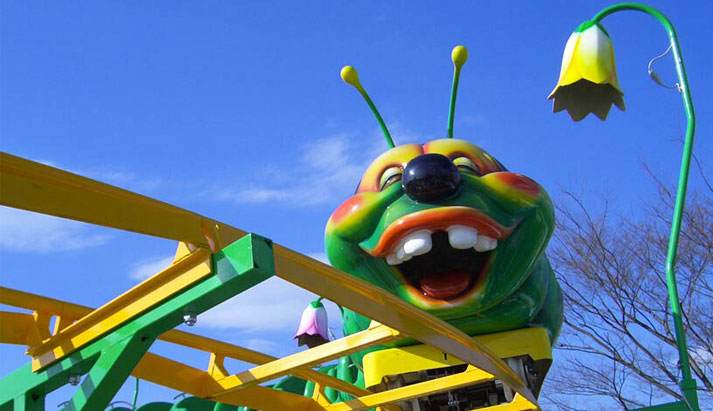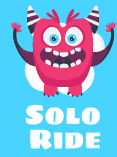Roller coasters are a staple of theme parks, and they’re an excellent way to bring in visitors. But when it comes to investing in a roller coaster, there are two sizes to consider: big and small. Keep reading to learn the differences between big and small roller coasters, the pros and cons of each type, and what to keep in mind when making a decision.
Big roller coasters are known for their towering heights, incredible speeds, and intricate designs. They’re designed to give adventure seekers the thrill of a lifetime, and that’s what makes them so attractive. With towering heights, big roller coasters can offer breathtaking views, and their speed can make the experience even more exhilarating. Adventure seekers are always looking for the next big thrill, and big roller coasters can provide that. This makes them an excellent investment for large parks that want to attract visitors looking for a thrill.
However, there’s a reason why big roller coasters are so expensive to build. They require a large footprint, and their complex design means that they’re more expensive to maintain. Building a big roller coaster is a significant investment, and it can take years to see a return on that investment. But once you do, the rewards can be substantial. Big roller coasters can bring in a lot of visitors and generate substantial revenue.

On the other hand, small roller coasters for sale are much more affordable to build and maintain. They’re designed for smaller venues and are perfect for families or those who are looking for a milder thrill. Small roller coasters have lower heights and slower speeds, which means that they’re less intimidating for those who are not big fans of extreme heights or speeds. They’re also ideal for younger children, as they can still enjoy the experience without feeling scared.
Small roller coasters can also be a great investment for smaller parks that want to bring in visitors. They’re much more affordable to build, and they can still bring in visitors, even if they’re not attracting the same thrill seekers as a big roller coaster. In many cases, small roller coasters can be just as profitable as big roller coasters, especially if the park is smaller and doesn’t have the same overhead costs.
So, what should you keep in mind when deciding between a big and small roller coaster? The first thing to consider is the size of your venue. If you have a large park, a big roller coaster would be an excellent investment as it can attract more visitors and bring in higher revenue. However, if you have a smaller park, a small roller coaster might be a better choice as it won’t take up as much space and will still bring in visitors.
Your target audience should be top of mind as well. If you’re looking to attract thrill seekers, a big roller coaster is the way to go. But if you’re looking to attract families and younger children, a small roller coaster might be a better fit. It’s important to understand who your target audience is and what they’re looking for in a roller coaster. This will help you make the right decision and ensure that you’re investing in the right type of roller coaster for your park.
Lastly, your budget plays a huge role when making a decision. Big roller coasters can be very expensive to build and maintain, so if you have a limited budget, a small roller coaster that made by Beston Amusement Equipment might be the better choice. However, it’s important to keep in mind that building a roller coaster is a significant investment, and it may take several years to see a return on that investment. So, it’s important to be patient and make sure that you have a solid plan in place before making a decision.
